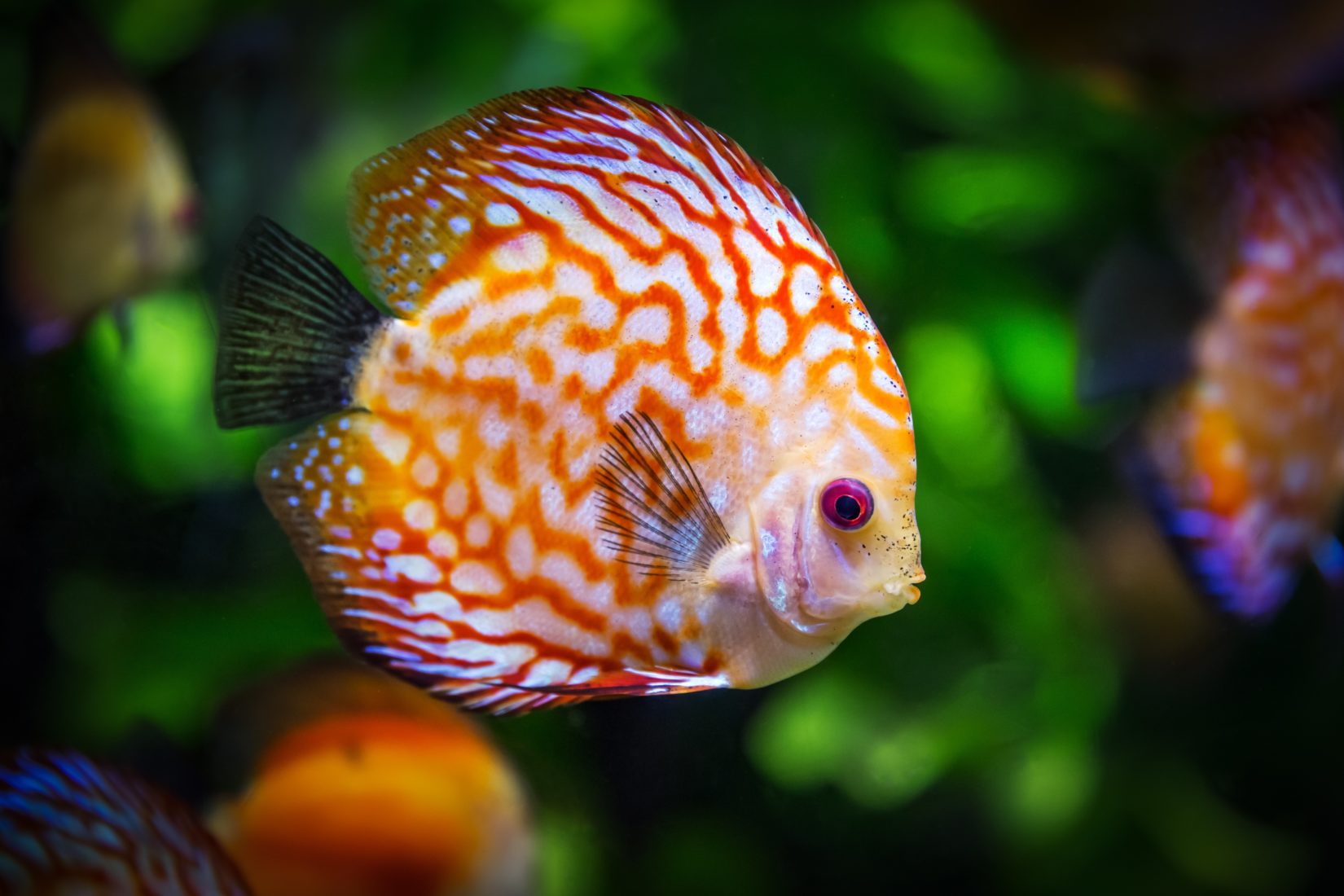Five fascinating facts about fishes
-

- by Admin
- Dec 20, 2024

I’ve always been fascinated by fishes and other aquatic creatures. I started scuba diving at university in London and this really became my passion when I studied for a Masters in marine biology at Bangor University, in North Wales. Being able to hang in the water, watching the goings-on of a myriad of diverse creatures, from brightly coloured anemones draped over rocks, to camouflaged octopus wedged into corners, to tiny barnacles reaching out with what looks like grasping hands to catch food particles floating past.
Fishes are fantastic and here are five reasons why.
1. Fishes are clever
Fishes learn to avoid situations they know will cause them pain, and will seek out experiences that give them rewards. Some have developed clever ways of obtaining food. The archerfish, for example, catches prey out of the air above them by shooting a stream of water from their mouth, with the correct volume of water precisely calculated based on the target.
The use of tools was thought to be unique to humans, but many fishes get their food using rocks to crack open clams, oysters and mussels.Fishes can also count. A study found that cichlids and stingrays can add and subtract from one to five, and can distinguish between quantities of three and four.
2. Fishes do have good memories
Contrary to popular belief, fish do have great memories. The memory ability of fishes is clearly shown by the way that salmon find their way home. After years at sea, they use their sense of smell and memory of the stream they were born in, to navigate home. It’s well known that fishes in aquariums can recognise and remember the people who give them food rewards. Some also have been known to take a dislike to certain individuals they don’t like and spit water at them when they approach.
The frillfin goby is a small fish that lives on rocky shores. At low tide they hang out in rock pools, but if a predator approaches they will jump into an adjacent rock pool, accurately navigating without getting stranded out of the water. They do this by memorising the layout of the sea floor while swimming above it when the tide is high. Back in the 1940s, it was found they can memorise this after just one viewing, and remember the layout 40 days later.
3. Fishes have friends, communicate and cooperate
Fishes form relationships both within their own species and with other species. They build complex social networks and communicate in a variety of ways including through body language, colour change and even vocally. Cod, for example, communicate with a series of vocalisations, thumps and growls made with their swim bladders, which they use as alarm calls, to attract mates and to establish territories. They have the ability to change the patterns of their sounds and use different frequencies, leading to a finding of regional accents with these fishes in the UK.
A study on a monogamous fish species that forms long-lasting pairs, the convict cichlid, demonstrated the emotional attachment to their partners. They found that when some fish lose their chosen mates, they become glum and more pessimistic.Some species of fishes interact symbiotically with others by acting as cleaners for larger fish. The cleaner fish benefits by eating parasites off the larger fish, and the latter has less parasites. Other species work together to hunt food. Groupers and coral trout will send a visual signal to show the whereabouts of hidden prey. By cooperating, these two species catch more food than when hunting alone.
4. Fishes have amazing sensory abilities and, of course, feel pain
Just because the distress of fishes is hard to observe and they rarely vocalise their distress, fishes do feel pain.
It has been well established for decades that fishes have receptors to feel pain, they get stressed when confined and experience fear when under threat. Research backs up what people have observed when fishing; a fish that survives being caught, will try to avoid that happening again. Fishes are also highly sensitive to vibrations in the water. They use special sensory receptors along their body called the lateral line.
Salmon are able to return to the same river in which they were born, to spawn. They navigate using the earth’s magnetic fields and can detect the smell of their own home stream. This species can even detect chemicals down to one part per million.There are so many qualities that fishes share with us, and many things they can do that we can’t. What we definitely share is the desire to be free from pain and suffering, and the New Zealand Animal Welfare Act recognises the sentience of fishes.
5. Fish can be beautiful
Coral reefs are well known for the huge number of vibrantly coloured fishes. Usually, those living deeper are less colourful, as it’s darker the deeper you go and being colourful is less important for communication at depth. The beautiful rose-veiled fairy wrasse pictured on the left above, however, was discovered only fairly recently living off the Maldives at depths ranging from 40 to 70 meters beneath the ocean’s surface.
But some have a face that perhaps only their mother could love, like the blobfish pictured on the right above. The smooth-head blobfish, also known simply as blobfish, is a deep-sea fish that inhabits the waters off the coasts of mainland Australia and Tasmania, as well as New Zealand. They live at depths between 600 and 1,200 m. Instead of flesh, the blobfish is primarily a gelatinous mass which allows the fish to float above the sea floor without expending energy on swimming. Blobfish are often caught as bycatch in bottom trawling nets.
0 Comments:
Leave a Reply